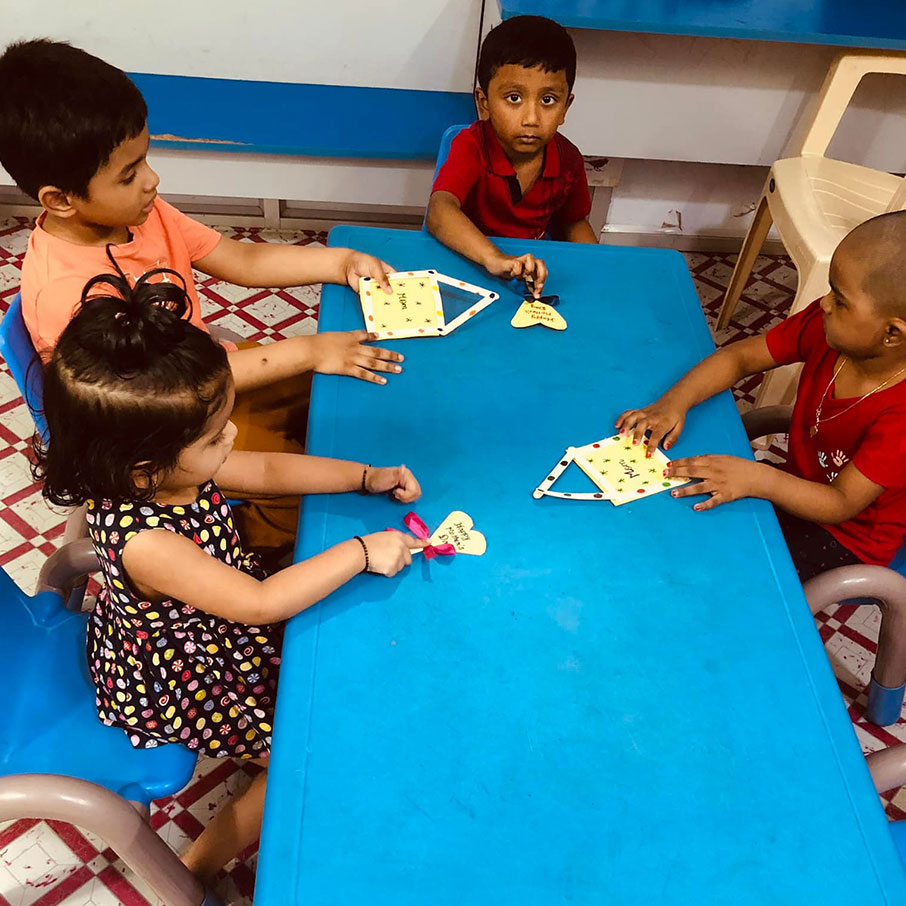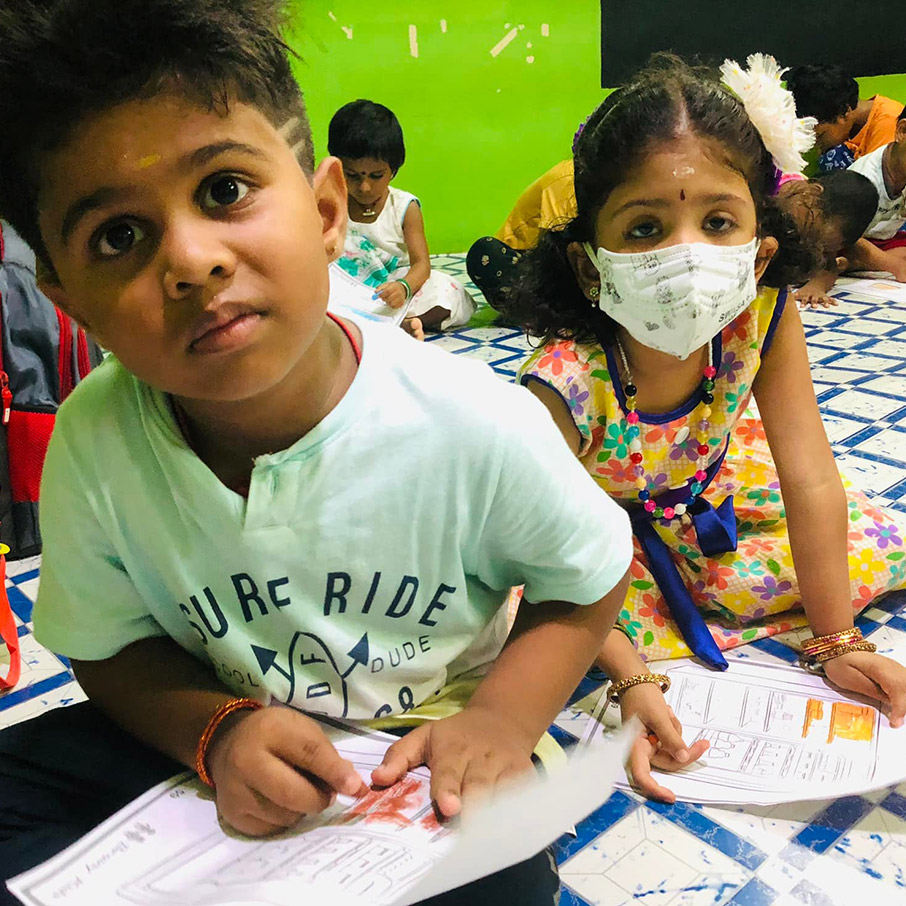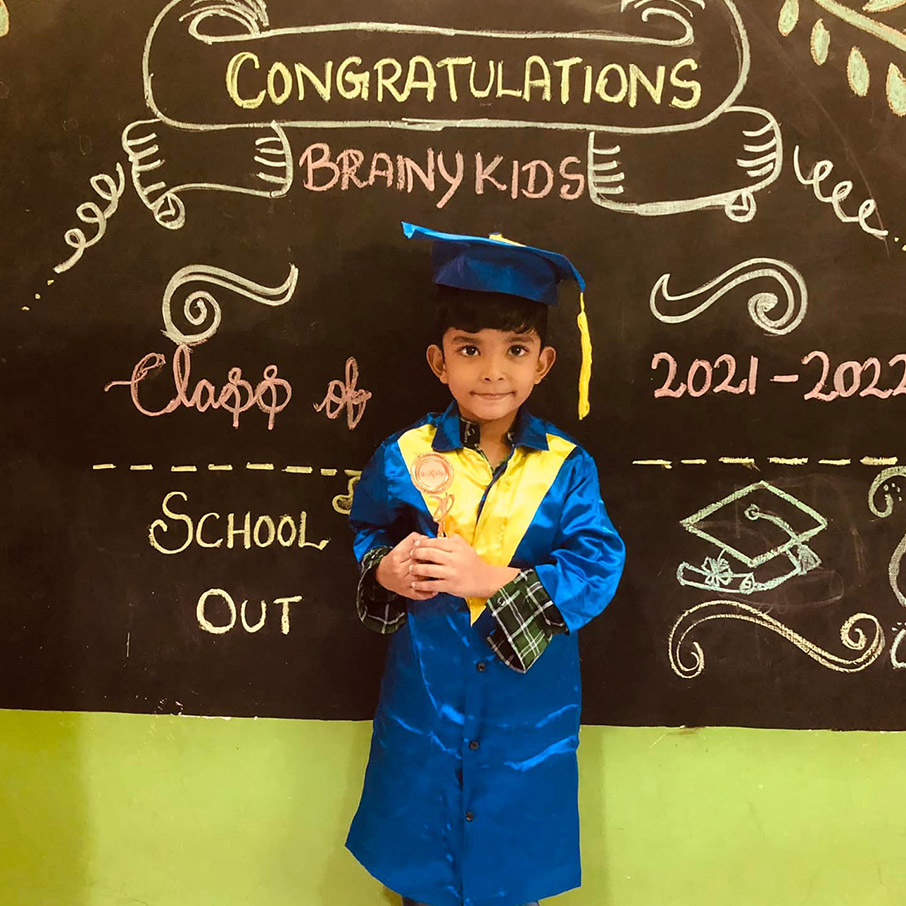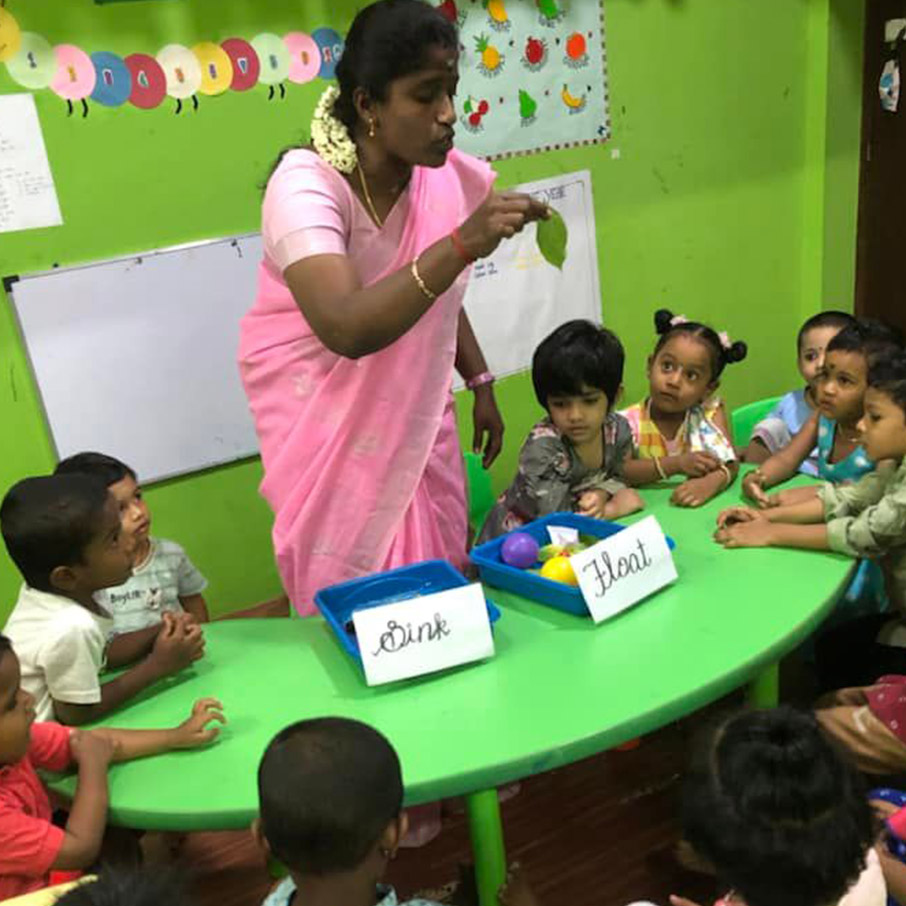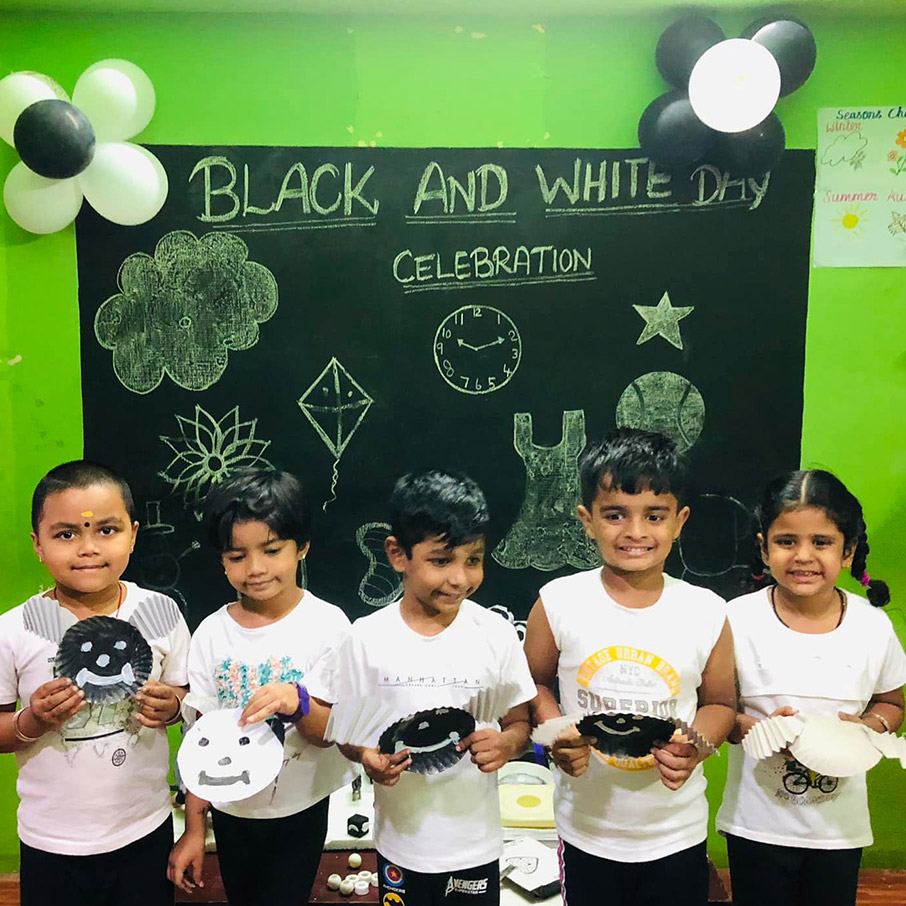About Playgroup:
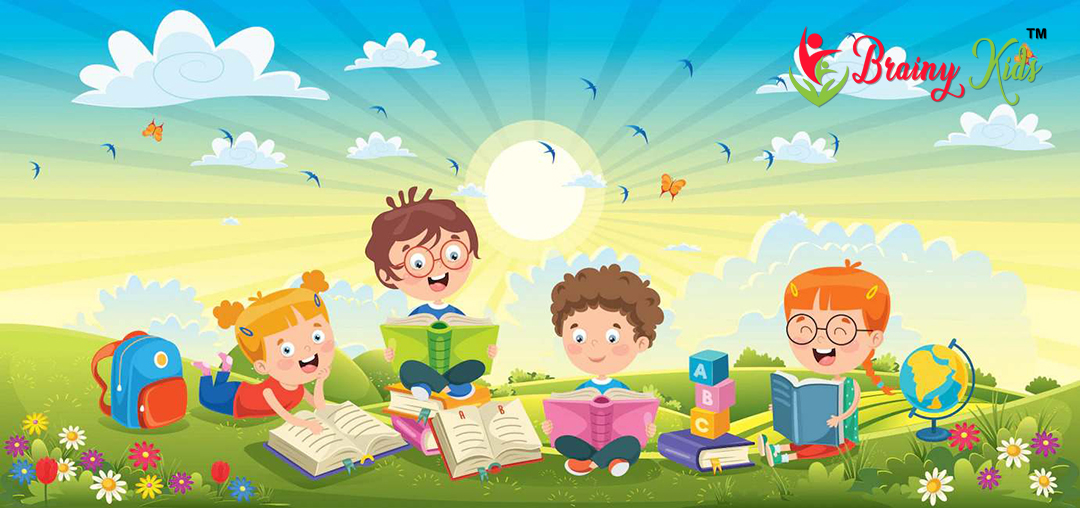
Play Group:
Regularly participating in play with other babies can help a child's: Allowing children to develop social skills at their own pace
“Playgroup is really about following the lead of the child.” It allows children to develop their social skills at their own pace, and this usually occurs between the ages of one to three. From ages three to five children begin to truly interact with others their age, and experience what happens when they do. This is also the time when social boundaries are learned - a very important lesson for adulthood.
Building a child’s emotional confidence
the child meets new people at playgroup, which allows for a safe test of separation from their carer. This is an important trait for building confidence in children, encouraging them to be independent from an early age.
Encouraging physical activity
children get the opportunity to try a variety of activities. They can develop their fine motor skills through puzzles, craft and playing with toys.”
Supporting children’s imagination and creativity
We know that children develop 80% of their brain in the first three years of life, so we want to give them the space to get the brain firing. Creative thinking is of key importance to the next generation, as they will need this skill to be successful in their personal and professional lives.
Learning through role-play
Role play develops children’s imaginations and puts them in real-life situations where they need to solve problems and think of solutions. Playgroup is the perfect place to bring more characters into a child’s expansive world.
Introduce numbers and mathematics.
Manipulating and counting physical objects like colored tiles helps students relate them to written numbers. Putting items together and taking them apart is the foundation for learning addition and subtraction. Building blocks teach children about shapes and special relations such as above, behind, on top of, and so on.
Teach science through observation.
Teaching early science skills involves asking students to observe the world around them.
Creativity and art.
Strategies that build a child’s imagination and creativity can also help them learn colors and shapes as well as improve their motor skills. Creative processes such as drawing, singing, or movement help children articulate experiences, express emotions, and understand cause and effect.

